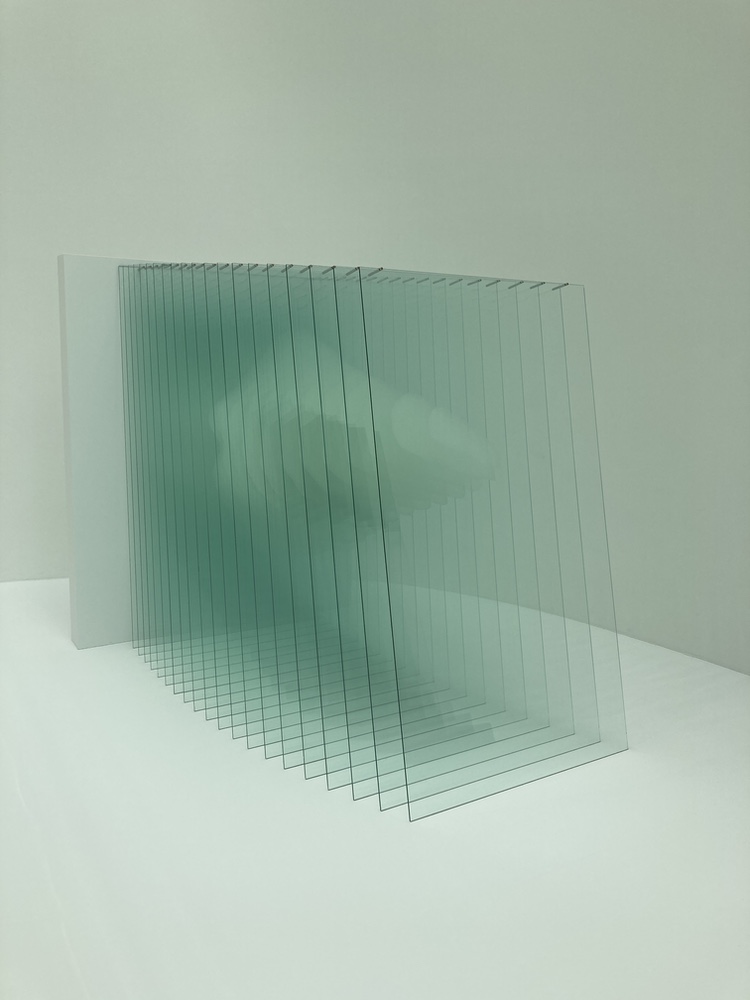I’ve tried everything. Lists, timers, project management systems, Pomodoro, time blocking, dashes, scheduling, time tracking… everything. It turns out: There are things I enjoy doing; they get done. There are things I don’t enjoy doing; they are a struggle. This is the way.
This lie is often called “work/life balance.” And it’s a deviously demotivating false dichotomy. A narrative designed to stigmatize work and trivialize what work is really all about. It reduces transformation to a mere transaction.
~ Cierra Martin from, «https://www.gapingvoid.com/must-we-hate-our-jobs/»
slip:4ugamu1.
There’s no need to struggle against my nature. It’s futile and that way lies madness. What remains is to reign in my Idea Monster. I also do not need to attempt everything I can possibly imagine that might be fun or productive. Essentialism is the middle road I steer towards more and more. This is the way.
ɕ


